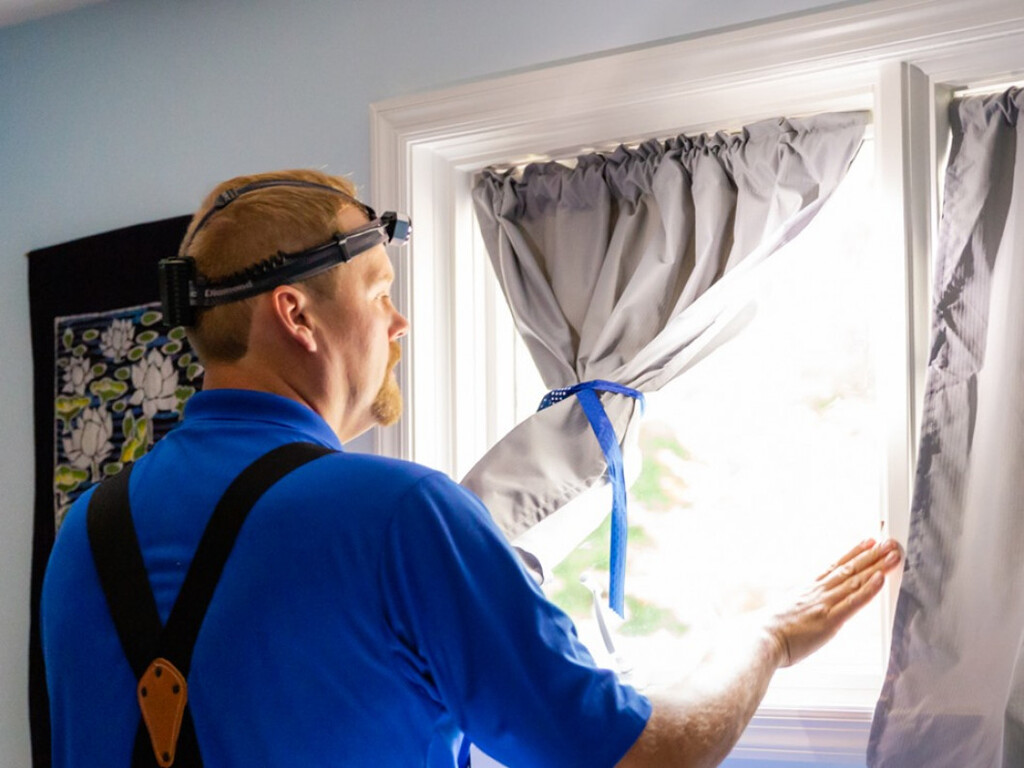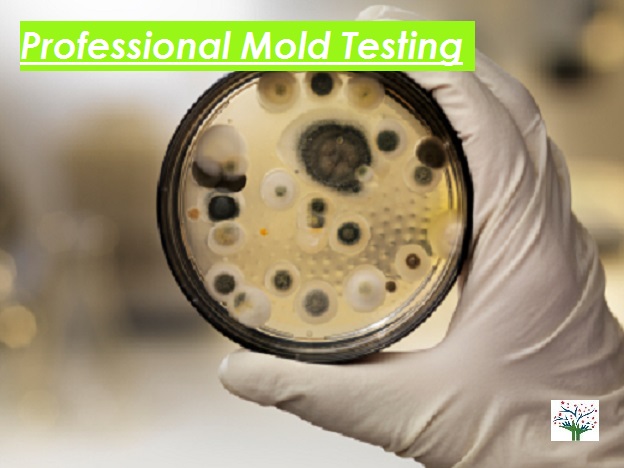Boost Your Safety And Security Protocols with Professional Mycotoxin testing Services
Boost Your Safety And Security Protocols with Professional Mycotoxin testing Services
Blog Article
How Mycotoxin Testing Assists Stop Contamination and Secure Food Products

Mycotoxin screening is a vital practice in the food sector, serving as a frontline defense against contamination by harmful toxic substances produced by mold and mildews. Through the application of advanced strategies like High-Performance Liquid Chromatography (HPLC) and Liquid Chromatography-Mass Spectrometry (LC-MS), food manufacturers can precisely detect and measure mycotoxin degrees in agricultural products.
Recognizing Mycotoxins
Recognizing mycotoxins begins with identifying that they are poisonous additional metabolites generated by certain mold and mildews, which can contaminate agricultural items. These metabolites are not important for the growth or recreation of the fungis but can have severe ramifications for animal and human wellness. Mycotoxins are generally located in staple plants such as corn, wheat, barley, and nuts, where they can proliferate under details problems of wetness and temperature level.
There are numerous types of mycotoxins, each produced by various fungal types. Fusarium varieties generate trichothecenes and fumonisins, both of which are linked with numerous severe and chronic wellness problems.

Threats of Mycotoxin Contamination
The threats of mycotoxin contamination are diverse, positioning significant threats to both food safety and security and public wellness. Mycotoxins, hazardous compounds produced by certain kinds of fungis, can pollute a broad variety of agricultural products including cereals, nuts, flavors, dried fruits, and coffee. Once these toxic substances infiltrate the food supply, they can result in serious health concerns such as liver damages, kidney failing, and even cancer cells. Prone populations, consisting of kids, the elderly, and immunocompromised people, are especially in jeopardy.
Economic influences are one more significant issue. Infected crops can cause substantial economic losses for farmers and food producers as a result of decreased yields and the requirement for pricey decontamination measures. Global profession can be substantially prevented as countries enforce rigorous mycotoxin guidelines to safeguard their populations, leading to turned down deliveries and stretched profession relations.
Environmental elements such as climate modification worsen the threat of mycotoxin contamination. Variants in temperature level and humidity can create positive problems for fungal development, raising the likelihood of contamination events. Therefore, understanding and alleviating these threats are essential for ensuring the security and integrity of global food supplies.
Methods of Mycotoxin Evaluating
Properly identifying mycotoxin contamination in agricultural products is necessary for safeguarding public health and preserving food safety and security criteria. Numerous approaches are employed to spot and measure mycotoxins, each offering certain benefits and constraints.
High-Performance Fluid Chromatography (HPLC) is an extensively made use of technique because of its high sensitivity and precision. It involves separating mycotoxins from other materials in an example, allowing accurate metrology. Likewise, Liquid Chromatography-Mass Spectrometry (LC-MS) combines fluid chromatography with mass spectrometry to offer detailed molecular details, making it particularly valuable for determining you can look here multiple mycotoxins simultaneously - Mycotoxin testing Services.

Gas Chromatography-Mass Spectrometry (GC-MS) and Thin-Layer Chromatography (TLC) are additionally employed, each with distinct applications. GC-MS is reliable for volatile mycotoxins, while tender loving care supplies an easier, cost-efficient option for initial screening.
Advantages of Normal Testing
Routine screening for mycotoxins in farming items uses numerous benefits, considerably contributing to public wellness and food security. By recognizing contamination early, routine screening aids protect against the distribution of toxic foods, thus decreasing the danger of mycotoxin-related diseases among consumers. This proactive approach not only safeguards human health but also enhances the overall quality of food supplies.
Regular screening also sustains regulative compliance. Various countries and regions have actually developed strict limitations for mycotoxin levels in food and feed. Following these restrictions via regular testing ensures that producers and suppliers satisfy legal standards, thus staying clear of fines and trade obstacles. Additionally, maintaining conformity promotes consumer trust and brand name online reputation, which are vital for market success.
Furthermore, normal mycotoxin testing can result in substantial financial benefits. Early detection of contamination enables for prompt intervention, decreasing prospective losses from extensive contamination. Implementing regular screening procedures can additionally minimize recall costs and related liabilities, which can be economically ravaging.
In addition, normal testing provides important data that can educate far better agricultural practices and storage problems. By recognizing patterns of contamination, manufacturers can take on safety nets, thus decreasing future dangers and contributing to the sustainability of the food supply chain.
Applying Checking Procedures
Carrying out efficient mycotoxin testing protocols is crucial for guaranteeing the safety and top quality of farming products. Establishing a robust screening framework involves multiple vital actions, beginning with the identification of potential contamination factors within the production and supply chain. This consists of pre-harvest, post-harvest, storage, and distribution stages. Each phase should be a knockout post scrutinized to determine where mycotoxin contamination is more than likely to happen.
Once essential control points are identified, choosing appropriate screening techniques is essential. Usual methods consist his comment is here of enzyme-linked immunosorbent assay (ELISA), high-performance fluid chromatography (HPLC), and mass spectrometry (MS) Each technique has its weaknesses and staminas; thus, picking the appropriate one relies on the particular mycotoxin being examined, the required level of sensitivity, and offered sources.

Lastly, incorporating the testing protocols right into an extensive food safety management system is suggested. This boosts traceability and enables speedy restorative actions when contamination is detected, therefore protecting the integrity of the food supply chain.
Verdict
Mycotoxin screening is crucial in stopping contamination and protecting food products by making it possible for very early discovery of damaging toxic substances produced by mold and mildews in agricultural items. Advanced approaches such as HPLC and LC-MS make certain conformity with security laws and secure consumers from health and wellness risks. Regular testing enhances brand name reputation, economic security, and rely on food security by minimizing contamination-related losses and preserving high requirements in food manufacturing. Executing strenuous screening procedures is thus vital for the sector's total well-being.
Mycotoxin screening is an essential practice in the food industry, serving as a frontline protection versus contamination by unsafe contaminants generated by mold and mildews. An incorporated method including agricultural practices, storage space monitoring, and routine testing can reduce the risks associated with mycotoxin contamination, ensuring food safety and security and public wellness.
The threats of mycotoxin contamination are diverse, positioning significant hazards to both food safety and security and public health and wellness.Routine testing for mycotoxins in agricultural items provides numerous advantages, dramatically adding to public health and food safety and security.Mycotoxin screening is vital in avoiding contamination and safeguarding food products by allowing early discovery of damaging toxins generated by mold and mildews in agricultural items.
Report this page